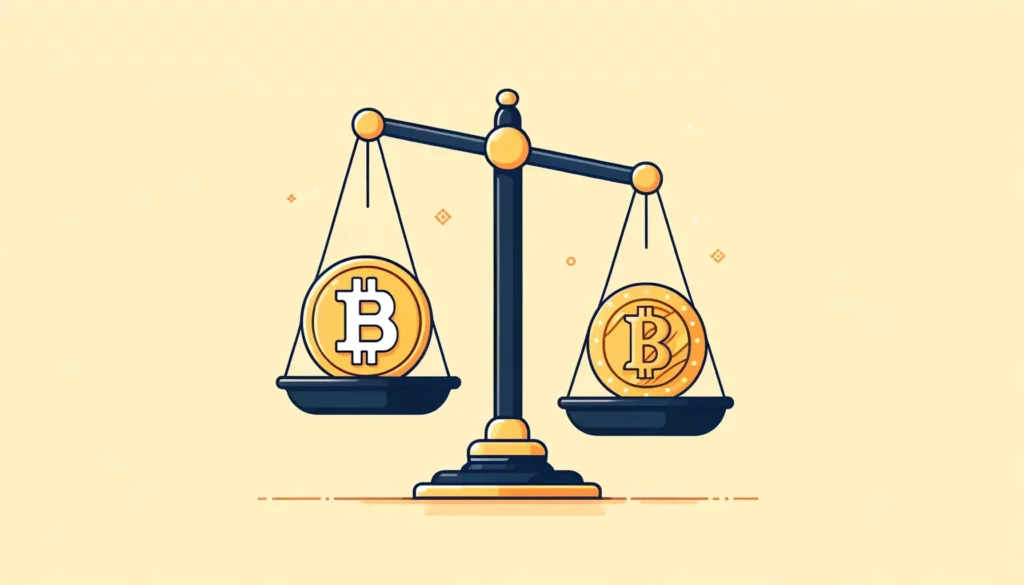A Glimpse into Grayscale’s Latest Financial Dynamics
On a remarkable day, April 10, 2024, the Grayscale Bitcoin Trust (GBTC) witnessed its lowest net outflow since transitioning into a spot Bitcoin exchange-traded fund (ETF), with a reduction to a mere $17.5 million. This development contrasts sharply with the average daily outflows GBTC has experienced over the preceding four months, which were about 15 times higher. This notable change comes in the wake of Grayscale Investments CEO Michael Sonnenshein’s statement on the fund nearing an “equilibrium” in outflows, signaling a potential stabilization in the market dynamics of GBTC.
A Deep Dive into Market Fluctuations and Comparisons
This news arrives amidst a turbulent period for GBTC, which saw over $16 billion in cumulative outflows in the past three months alone. However, this Wednesday marked a significant deceleration, with outflows slowing down considerably from the previous day’s $154.9 million. This shift occurs in parallel with notable inflows into other U.S. spot Bitcoin ETFs like Fidelity’s and BlackRock’s IBIT, highlighting a broader market trend towards cryptocurrency investments. Despite this, Grayscale’s market share has observed a decline, especially when compared to BlackRock’s IBIT fund, which has been gradually closing the gap in assets under management (AUM) with Grayscale.
Personal Commentary: Navigating Through Volatility and Future Prospects
From my perspective, the recent developments within Grayscale and the broader cryptocurrency ETF market reflect a complex interplay of investor sentiment, market volatility, and strategic financial management. The substantial reduction in GBTC’s outflows, albeit potentially temporary, suggests a momentary investor confidence boost or exhaustion of forced sellers, as noted by industry experts. However, caution remains paramount, considering the inherent volatility of cryptocurrency markets and past fluctuations in ETF weekly flows.
The contrasting dynamics between GBTC and its competitors, particularly the rapid ascent of BlackRock’s IBIT, underscore the competitive landscape of cryptocurrency ETFs. Grayscale’s shrinking market share and AUM point towards the need for strategic adaptations to retain investor interest amidst fierce competition. Furthermore, the broader implication of these shifts for the cryptocurrency market is profound, indicating a growing acceptance and institutionalization of cryptocurrencies as a viable investment asset class.
In conclusion, while the immediate future of GBTC and similar cryptocurrency ETFs remains shrouded in uncertainty due to market volatility, the current slowdown in outflows and the competitive pressures may serve as catalysts for innovation and adaptation in the industry. As we observe these evolving dynamics, the resilience and strategic maneuvering of entities like Grayscale will be critical in navigating the complex landscape of cryptocurrency investments.





